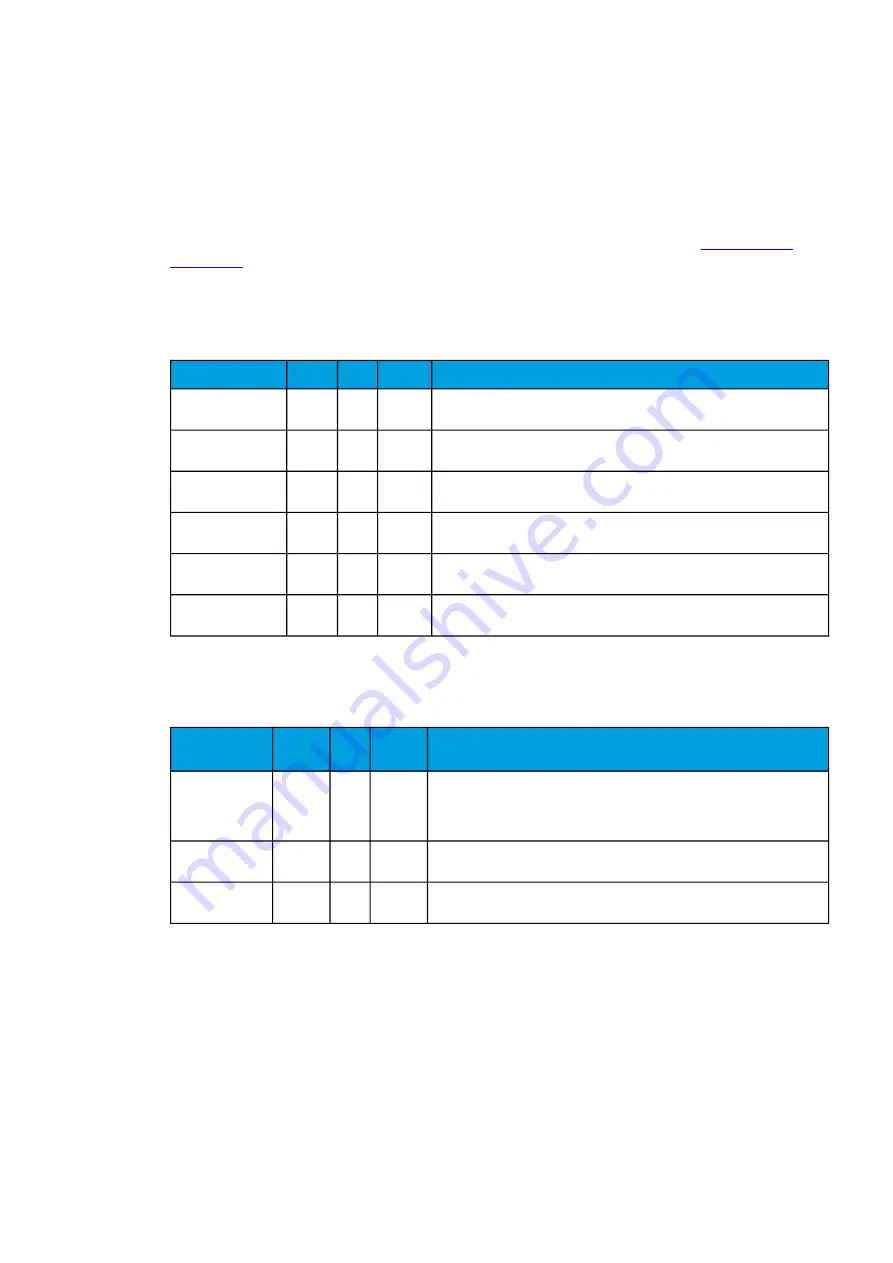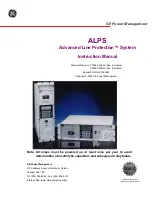
6.1.8 IEC 101/104
The standards IEC 60870-5-101 and IEC 60870-5-104 are closely related. Both are derived from the
IEC 60870-5 standard. On the physical layer the IEC 101 protocol uses serial communication whereas
the IEC 104 protocol uses Ethernet communication. The IEC 101/104 implementation works as a slave
in the unbalanced mode.
For detailed information please refer to the IEC 101/104 interoperability document (
→
AQ-200 series
→
Resources
→
"AQ-200 IEC101 & IEC104 interoperability").
IEC 101 settings
Table. 6.1.8 - 294. IEC 101 settings.
Name
Range Step Default
Description
Common address
of ASDU
0…65
534
1
1
Defines the common address of the application service data unit (ASDU)
for the IEC 101 communication protocol.
Common address
of ASDU size
1…2
1
2
Defines the size of the common address of ASDU.
Link layer address
0…65
534
1
1
Defines the address for the link layer.
Link layer address
size
1…2
1
2
Defines the address size of the link layer.
Information object
address size
2…3
1
3
Defines the address size of the information object.
Cause of
transmission size
1…2
1
2
Defines the cause of transmission size
IEC 104 settings
Table. 6.1.8 - 295. IEC 104 settings.
Name
Range Step Default
Description
IEC 104 enable
0:
Disabled
1:
Enabled
-
0:
Disabled Enables and disables the IEC 104 communication protocol.
IP port
0…65
535
1
2404
Defines the IP port used by the protocol.
Common
address of ASDU
0…65
534
1
1
Defines the common address of the application service data unit (ASDU) for
the IEC 104 communication protocol.
Measurement scaling coefficients
The measurement scaling coefficients are available for the following measurements, in addition to the
general measurement scaling coefficient:
• Active energy
• Reactive energy
• Active power
• Reactive power
• Apparent power
• Power factor
• Frequency
A
AQ
Q-F215
-F215
Instruction manual
Version: 2.04
416















































